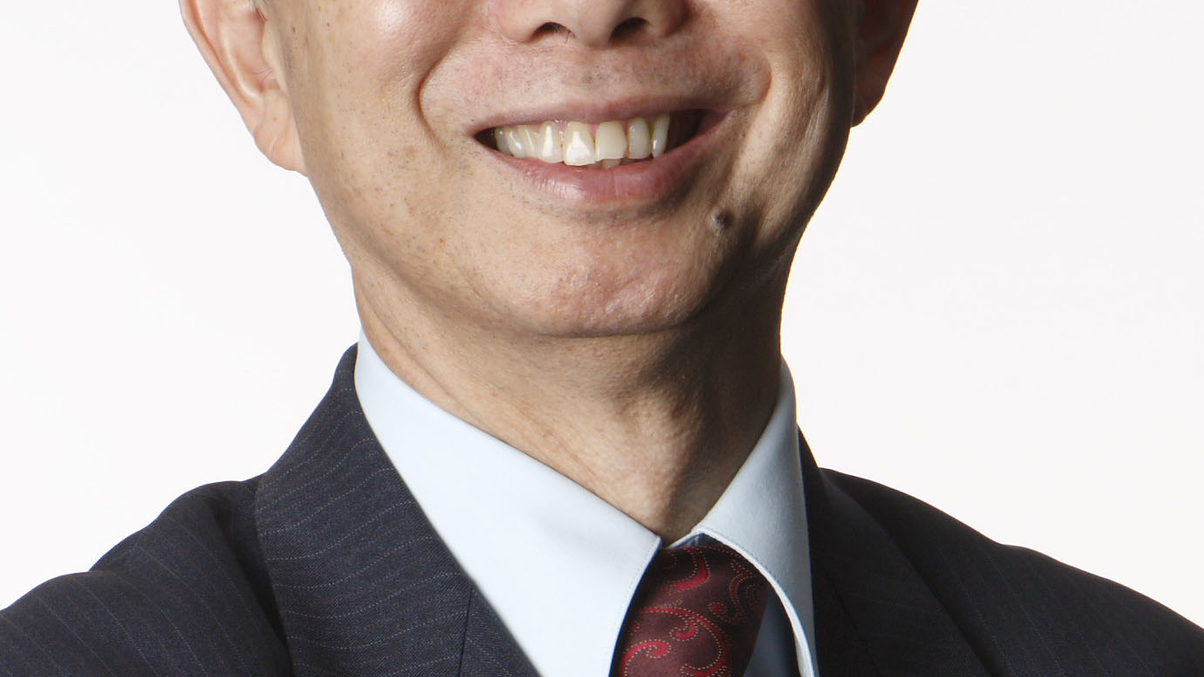Cashed-up GIC looks to take calculated risks
The Singapore sovereign fund has raised its cash allocation and will try to capitalise on opportunities in challenged markets. It outlines its approach to selecting external managers.

Singapore sovereign fund GIC has raised its cash holdings over the past year and says it will look to take calculated investment risks in what it sees as a challenging medium-term environment.
Sign in to read on!
Registered users get 2 free articles in 30 days.
Subscribers have full unlimited access to AsianInvestor
Not signed up? New users get 2 free articles per month, plus a 7-day unlimited free trial.
¬ Haymarket Media Limited. All rights reserved.


